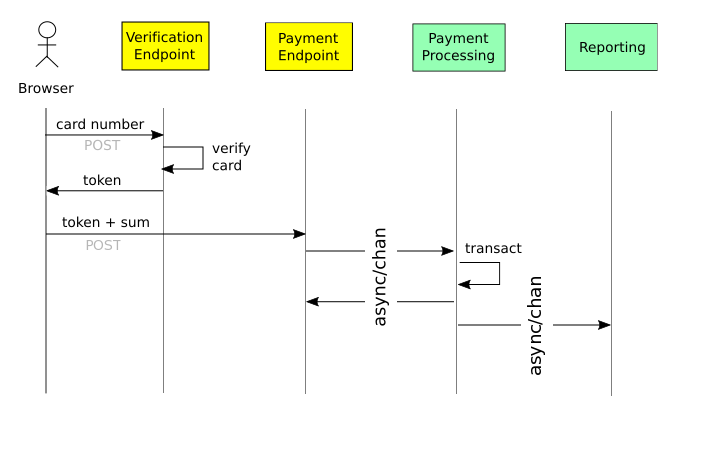Johannes Staffans
Taking duct for a spin
I have been meaning to try building a simple web application using Stuart Sierra's Component library for a while now. If you haven't heard about it, it's definitely worth having a look at - it is a lovely way of organising the different components that go into an application and gives you a smooth workflow in the REPL.
So we agree that a Component-based approach is good. Where do we start? I had a run-of-the-mill web application based on Ring/Compojure in mind, but at least for me it was not at all evident how to marry a Compojure-based architecture with the Component pattern. The few examples I found seemed a bit contrived. I felt I wanted something more concrete to build on, preferrably a template of some sort.
I had heard about James Reeves' duct library a few weeks prior and it turned out to be exactly what I had been looking for. The duct library comes with a Leiningen plugin that generates a simple Component-based project that is very easy to build on. The integration with Compojure is elegantly handled by wrapping Compojure routes in endpoints. Here's how the library author defines an endpoint:
Endpoints should resemble microservices, grouping routes by purpose. An endpoint might handle user authentication, or handle comments on a post. Strive to keep your endpoints small and focused.
Besides the endpoint solution, duct provides some other useful things, such as sensible handling of application configuration parameters through environment variables. I love not having to set those things up myself.
The application
For my toy project, I decided to implement a simple payment service. The basic interactions can be seen in the following diagram (yellow boxes represent endpoint components, green boxes are background service components):

So the user enters a credit card number, which is verified by a phony verification endpoint. The verification endpoint provides a secure token with which further transactions can be performed. A payment processing component handles interaction with an imaginary third-party service provider and a reporting component keeps track of all transactions. The imaginary third-party payment service provider is notoriously unreliable, so about half the time, the transaction will time out.
Note that the credit card number verification and the payment transaction processing would in the real world be handled by the same third party provider — I'm just faking things here, providing the token on my own.
There's a tiny ClojureScript frontend that handles the AJAX request to get the token and prints out a list of transactions on the payment confirmation page.
Communication between components is handled using core.async channels. As a side note, I can say that implementing this web application proved a very useful exercise in understanding core.async channels as a means of communication between components. I had earlier mainly seen them as a way of handling background tasks, such as firing web requests using the callback API of http-kit. Now I can see that the perhaps most useful case for core.async is exactly this: communication between different parts of a system.
The whole thing is deployable using Docke, more information on that in the README. The source code is available on GitHub.